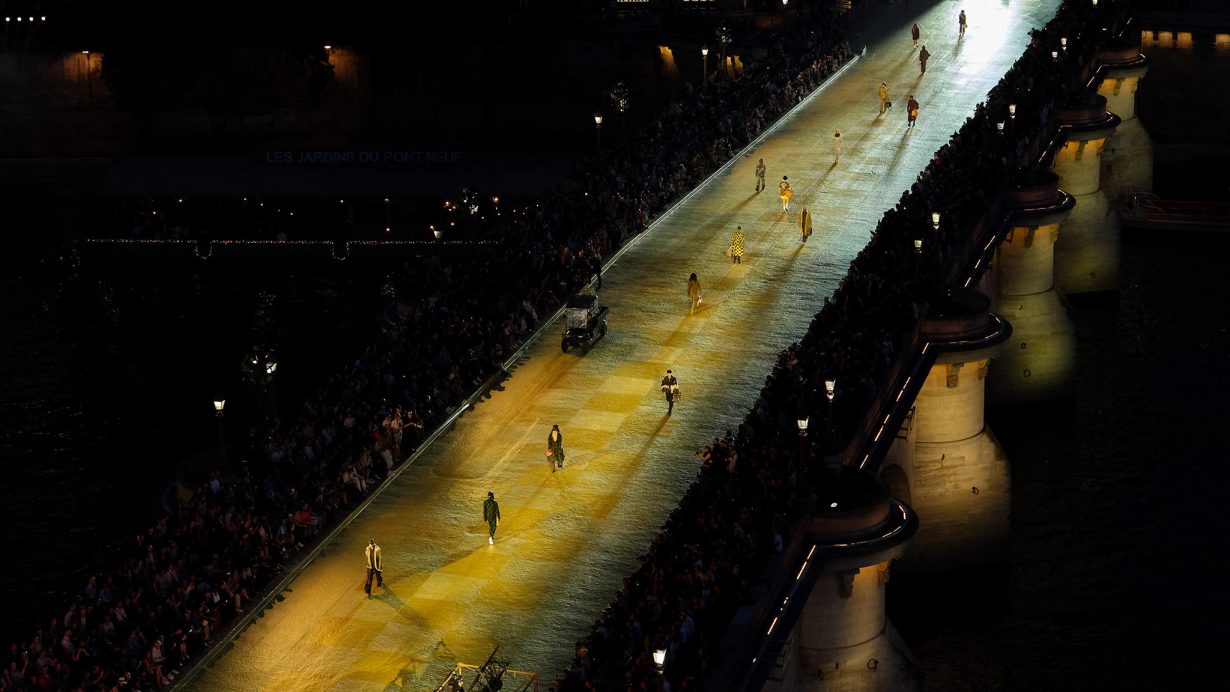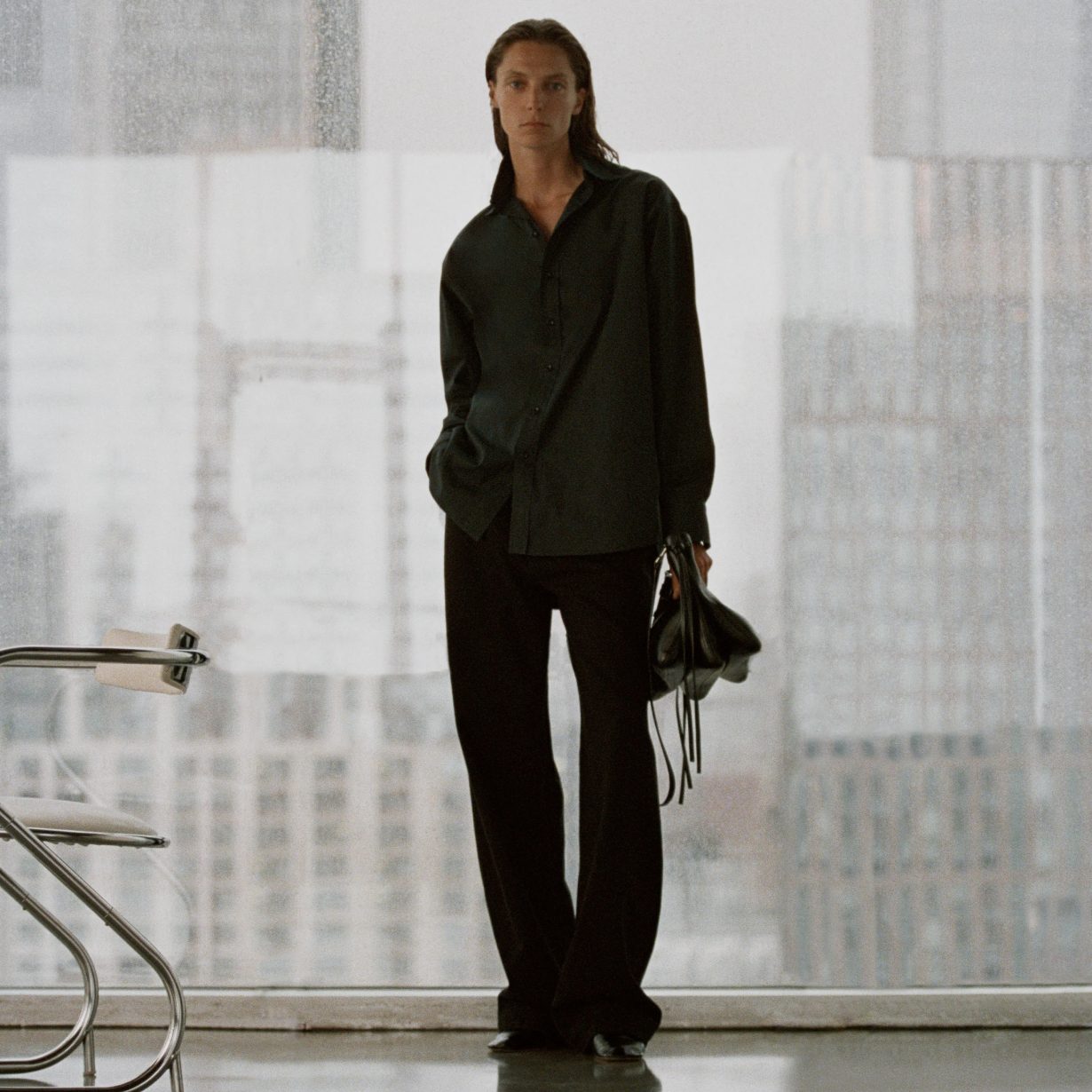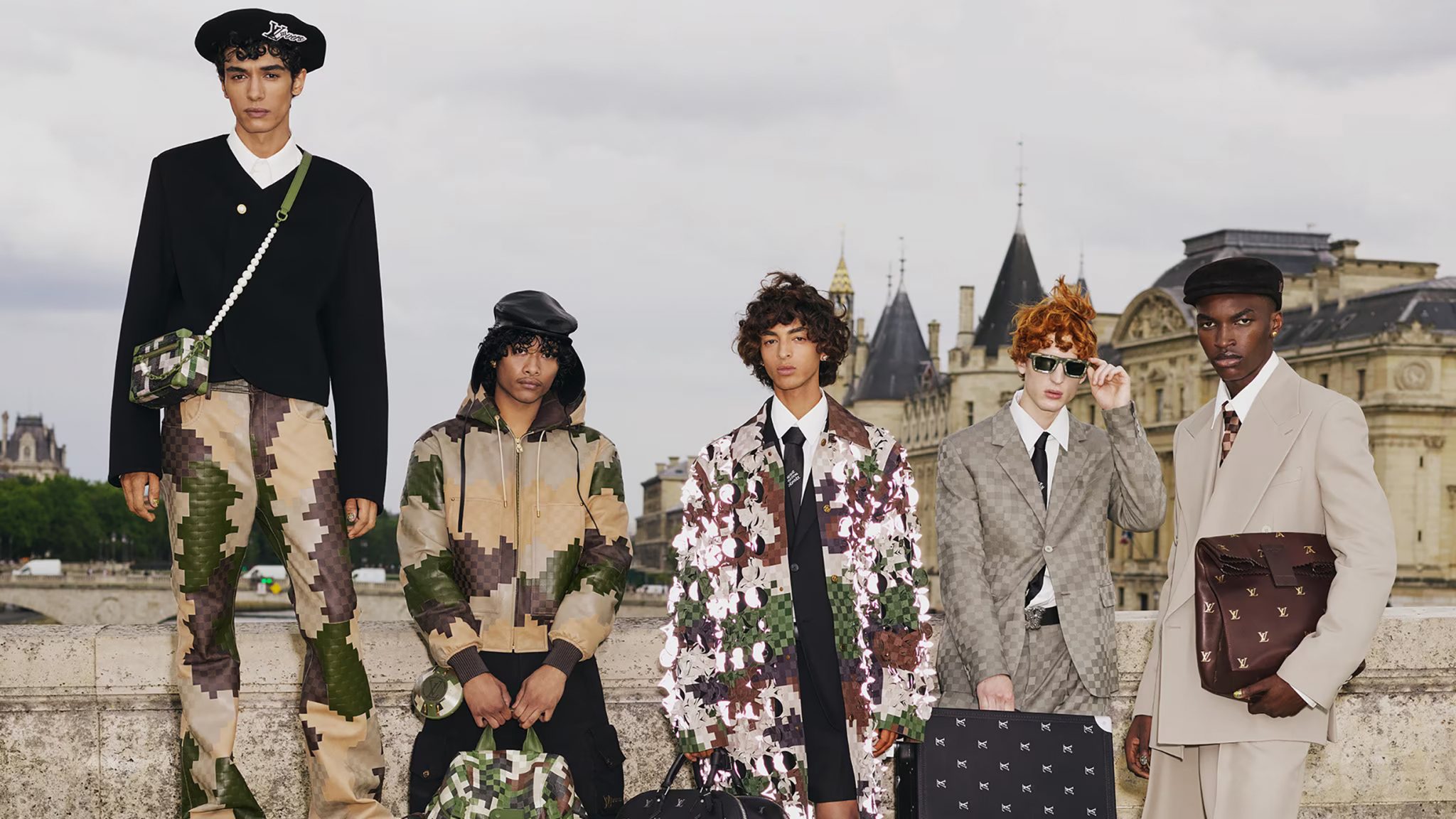The year in design: 2023 challenged our ideas of authenticity and artificiality, two diametrically opposed and yet increasingly blurred states
It may sound tone-deaf to declare 2023 as the year of luxury, against a perpetual backdrop of global conflict and immiseration, but the concept of luxury has informed design in surprising ways this year. Sparked by near-saturation coverage of ‘quiet luxury’ (myself included; in short: rich people in boring trousers), it was the debates around the meaning and morality of luxury objects, rather than the objects themselves, that were the most interesting.
The idea of quiet luxury had such currency as a conversation topic because it embodied the numerous contradictions inherent in the notion of luxury. Resting on a presumption of authenticity – fine natural materials, hand-crafted details, an avoidance of logos and ephemeral trends – shopping guides and listicle coverage of the phenomenon nonetheless highlighted its own artificiality, breaking it down into a fashion formula to be replicated on a range of budgets. Herein lies the tension: is luxury design simply a matter of aping the aesthetics of the super-wealthy, subsuming personal expression under a beige cashmere mantle of ‘good taste’? Or does design become luxurious when it is at its most idiosyncratic and attention-seeking, operating as a conduit for a distinct point of view?
Compare and contrast Pharrell and Philo: Pharrell Williams, the rapper and producer who took over as creative director of Louis Vuitton menswear this summer; and Phoebe Philo, doyenne of ‘intellectual’ womenswear during her tenure at Céline (2010–17), who launched her much-anticipated eponymous brand in October. While inhabiting very different aesthetic spaces within the realm of high fashion, both designers were the recipients of unusually hyperbolic coverage in 2023, not least because their very different approaches to luxury highlighted some of the problems and inconsistencies within that concept.


Williams, who replaced the late Virgil Abloh, staged a spectacular fashion show in Paris which drew criticism for its emphasis on branded showmanship over originality of design. Compounding the negative response, Williams launched an acid-yellow crocodile-skin Vuitton bag with gold and diamond hardware, retailing for a paltry million dollars. Philo, meanwhile, launched her new brand to a fashion-press frenzy with a collection of minimalist clothing in rarefied fabrics – building on the reputation she won at Céline for designing clothes that appealed primarily to a female gaze. Nevertheless, she too drew criticism for the brand’s astronomically high prices, relative to the perceived simplicity of the garments, with a pair of black trousers starting at £3,500 and a plain leather neck lanyard selling for £900; as well as the contrived scarcity created by her retail model (mimicking the limited ‘drop’ system of streetwear brands), and the lack of body inclusivity in the garments’ sizing. Even by the standards of the fashion industry, where status-chasing through brand allegiance is taken for granted, these collections from Philo and from Williams both felt out of sync with the prevailing mood – even before we consider the ethical implications of luring people into yet more conspicuous consumption, set against the backdrop of climate breakdown and rising economic inequality. It’s notable that some of the most influential fashion discourse this year has come from independent newsletters championing second-hand clothing and sustainable design practices, particularly cult favourites Blackbird Spyplane and the invite-only Opulent Tips.

To be associated with a mass-market, ‘middlebrow’ brand is by no means an automatic marker of bad design, as anyone can see when looking at the work of George Tscherny, who died earlier this year. Tscherny, a graphic designer who shaped the look of postwar advertising, brought a sense of humour and clarity to his work, playing with bold silhouettes and shapes to create some of the sharpest imagery of midcentury corporate America. Like it or not, corporate design is perhaps the most consistently present body of visual material in most of our lives, occupying space in our homes, our public spaces and our lives online. The explosion of pink ‘Barbiecore’ design this summer, sparked by the runaway success of Greta Gerwig’s Barbie, would not have been possible without the coherent visual language that Mattel has built around the Barbie brand, a frame of reference so instantly recognisable that fashion, interior and graphic designers were able to respond to it in mutually intelligible ways.

When a piece of corporate design that we take for granted suddenly changes, the consequences are more than simply visual, as users of Twitter found out this year. At the end of 2022, Twitter (or X, as it’s now known) was purchased by pseudo-visionary failson billionaire Elon Musk – presumably to fill the spare time between being sued for libel and trying to colonise Mars – and has undergone a series of seismic changes to its structure, purpose and design over the last year. Changes to the user interface have not merely been cosmetic, but have fundamentally altered how we experience the platform. Key moderation features have been removed, and content posted by paying subscribers is prioritised over everything else. With users fleeing the site, other microblogging platforms have been co-opted to fill the gap in our digital lives – Mastodon, Threads and Bluesky being the most prominent. These competitors have tried to replicate the original Twitter experience in their user interface, presumably to ease new users’ transition, while X has abandoned the immediately recognisable blue Twitter branding in favour of… well, a big letter.
In this dichotomy between authenticity and artificiality, X embodies the worst of both worlds. With content moderation more or less designed out of the experience, the unfiltered views of some very unpleasant people are given an airing while the platform is simultaneously overrun with spambots. The extreme stupidity of certain forms of artificial intelligence has been a running joke for a while – as well as the obvious fakery of online bots, we’ve had robotic ‘police’ falling into public fountains and customer service chatbots sending infuriated enquirers into an infinite loop of non-answers – but the very real capabilities of advanced AI present a plausible scenario in which the work of living actors and writers, as well as musicians and visual artists, is made redundant with no fees or royalties payable to actual humans as a result. These implications for the creative industries were recognised fully this year, thanks in part to a series of high-profile strikes by SAG-AFTRA and the WGA (trade unions representing American actors and screenwriters, respectively).

AI content is fundamentally synthetic – it cannot come into being without mining the preexisting creative work of real artists and designers – and in this sense might be viewed as the very antonym of luxury, since it can offer little in the way of craft, rarity or originality. Counter to this, one of the most significant exhibitions of 2023 was Material Power: Palestinian Embroidery at Kettle’s Yard, Cambridge: a nuanced look at artisanal textiles by Palestinian women. Dyed and embroidered entirely by hand in different regional styles by women who are otherwise denied political agency under the Israeli occupation, these richly decorated garments have functioned as both symbolic and economic objects of resistance. This exhibition suggested, therefore, the idea that real luxury design is not that which commands the highest price, or which comes from the most socially desirable brand, but that which most skilfully and powerfully communicates an idea through its unique materiality.
Danielle Thom is a curator at London’s Design Museum
